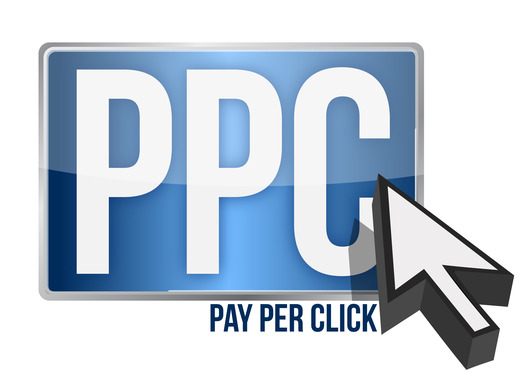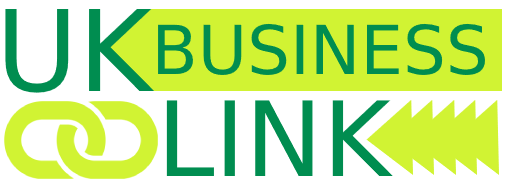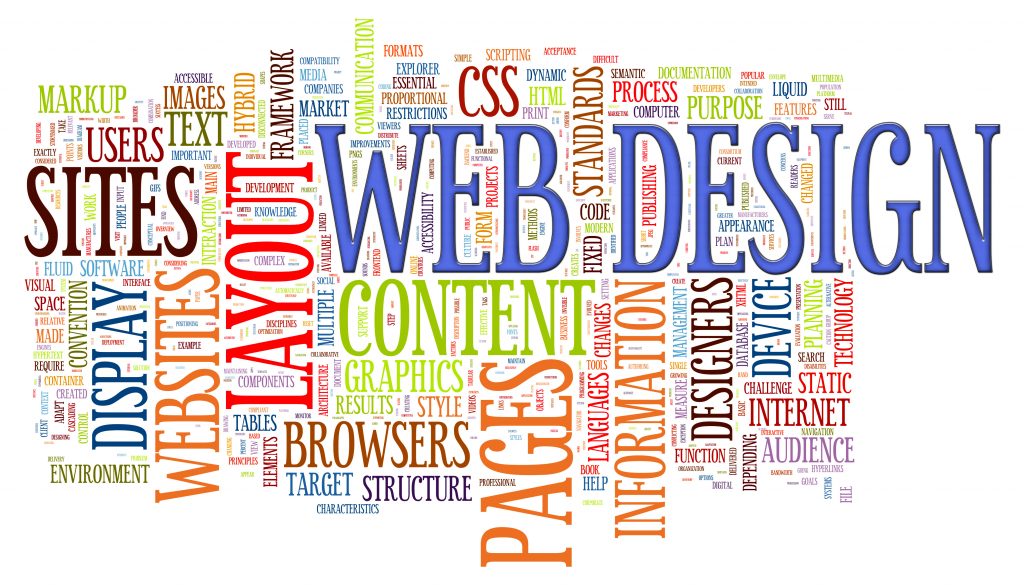Outline: Lots of web sites merely give lip service to accessibility, so that the main problem is still pervasive. Website graphic designers have to be reminded of the rudimentary handiness procedures and how it will shape their design for the better.
Accessibility is often a media hype term in web site design but the fact is that, more often than not, it continues to be only that – a buzz expression. True, web site designers may possibly tell you that they would want to make their design as being easily available as possible, but yet if you observe the number of websites that are in fact available to ALL internet consumers, then you will notice just how much web developers in fact just focus on the majority of the market. As with countless circumstances, consumers with handicaps get the short end of the stick.
In terms of advertising and marketing, putting a good deal of hard work and resources on for much less than 10% to 20% of the current market, could appear to be reasonable. After all the exchange rates will surely be even lower than that. The truth nevertheless is that the legislation clearly says that internet sites should be accessible to everyone, and this includes clients having handicaps. In keeping with the Disability Discrimination Act (DDA), that has been around for more than a ten years, companies need to “undertake satisfactory actions to alter a system which renders it unreasonably complicated for disabled people to make use of its products. Moreover it declares that to establish accessibility an example of acceptable support that they ought to provide may consist of “accessible web sites”. Just by overlooking the law, internet site owners are not just passing up an opportunity to utilize an additional 10% to 20% of the market as well as risking being prosecuted.
To make sure you provide an accessible web-site, a good place to begin is without doubt the W3C’s Web Accessibility Initiative (WAI) site. Considering it tackles the subject quite extensively, I would advise that you just start by going into their priority checkpoints, to find out if your own website at the very least sticks to or uses vast majority of guidelines.
One. The most effective priorities with regard to web site handiness are highlighted below:1. Furnishing a text equivalent for non-text features. This would be to make sure that screen readers can read those features and describe to visually disabled people exactly what is in that section of the web site. We usually offer the text equivalent quite simply by employing Alt tags or even the “longdesc”.
2. Making certain that colorful info are also offered without coloration. This is for the colour blind.
Three. Undertaking modifications in the natural language of a document’s text and any text equivalents easily identified. As an example, in the event you will probably be working with captions it will need to be apparent that it’s a caption intended for an image without being part of the paragraph, doing this everything will make good sense whenever read by way of a screen reader.
Step 4. Try to make things style sheet independent. The content needs to be readable even if it’s read without the style sheet. This is really a frequent downside, even when it comes to simple rendering of a website utilizing style sheets.
5. Ensure that there is an equivalent written content available for dynamic content. Dynamic content, for example flashing text, is seen as a big problem considering that screen readers can’t read rotating text. Plus, people that have movement concerns might find it extremely difficult to follow moving text. And last, but one of the most risky difficulty, is that some wavelengths could trigger seizures for people who have photosensitive epilepsy. To make certain this doesn’t occur you are able to either give a static equivalent of the dynamic content or allow customers to regulate the flickering.
Step six. Keep it sweet and simple. Being concise and employing easy to understand language makes things easier for All Concerned, such as those with reading disabilities and every day users who hate having to go all the way through useless fluff. The above tips are only the broad guidelines currently offered by the W3C, should you be utilising image files, tables, frames, and such like, you will find even a lot more recommendations to follow. At the end, as a wp website designer you’ll certainly recognize that when you follow these accessibility instructions will not only affect internet users with disabilities, but possibly even show you how to re-think your entire procedure to designing a web-site. This will be quite a bit more work nevertheless will result in a less complicated and overall a lot more user-friendly website.
Minimalism and White Space Summing up: White space is a really vital aspect of web site design. It is normally neglected by people however is an upcoming trend web site designers cannot afford to not understand. Once you use white space accordingly, your internet site designs will most certainly improve noticeably.
 Minimalism and white space is really a fast becoming a market trend in website design. Google is possibly the poster child for minimalism and white space, and judging solely from their financial success, then we can conclude that it is the way for you to go. Before the constructive uses and effects of white spaces are laid out, permit me to just clarify in brief what minimalism and white space is, and ways in which they correspond with each other. White space is basically the space or area between the elements of a internet site (i.e. the region between the text, images, footers, etc.).
Minimalism and white space is really a fast becoming a market trend in website design. Google is possibly the poster child for minimalism and white space, and judging solely from their financial success, then we can conclude that it is the way for you to go. Before the constructive uses and effects of white spaces are laid out, permit me to just clarify in brief what minimalism and white space is, and ways in which they correspond with each other. White space is basically the space or area between the elements of a internet site (i.e. the region between the text, images, footers, etc.).
Minimalism, in web design, is a concept wherein the type is implemented as the major design element, which means that images, texture, and coloration takes the back stage. Due to the way type is given focus in a minimalist design, extra white space is ordinarily produced.
The major advantage of a minimalist design, when carried out correctly, is that acquiring all the white space ends up in much less visual jumble. This in turn helps the user when it comes to concentrating on the vital areas of the website since unnecessary elements are not there to distract them. This means that there’s an increase in the visitor’s skill to digest and keep the details on the page. The explanation for this is that given that there’s less visual stimulating elements, they might pay attention to digesting the important data rather then subliminally process various other extraneous info at the very same time. Additionally, it also obviously points out to the customer what they can get and carry out on that page. For instance, in Google’s situation, it’s apparent that the user needs only to type their search string inside the box and click on the button to obtain their look up results. In other internet sites, it may assist in conversions seeing that the subscribe or buy button is going to be much easier to choose.
Along with its benefits on the attention, a minimalist design also for the most part lead to a much more great looking website page. While appearances is definitely truly highly subjective, generally, implementing more white space provides ease-of-use and elegance. Note too that aesthetics can be very relevant in web development mainly because it significantly impacts customer satisfaction. The strange factor is that as customer satisfaction goes up, their perception of the usability of a website also rises, whether this is a primary response to the minimalist design or merely their enthusiasm to learn how to navigate the web site more successfully isn’t always known, but whats essential is that it provides a beneficial effect. www.cambridge-seo.co.uk is truly a website that has lots of up to date info about seo online.
Irrespective of all the beneficial things that a minimalist design is able to bring it’s still essential to keep in mind that its the proper use of white space that makes things much more efficient. Implementing a minimalist design and having plenty of white space does not inevitably imply an excellent website design. Like in many things, there’s simply no clear cut remedy. You’ll need to consider all of the unique article content and data that need to be on a website page to see how it is possible to utilize white space efficiently.
Amongst the leading aspects to take into account whenever determining to go minimalist or not is the desire feel of the web site. As mentioned above, a minimalist design ordinarily invokes a far more classy feel. As we know, elegance is also usually equated with luxury and expensiveness. Consequently, it’s quite clear that if your business is promoting low cost home furniture in Peterborough, website design of every page really should have a visual impact that screams very affordable and never high-priced. This would mean making use of a lot of large colored print styles, sales signs, cut prices, and fewer white space. If anybody looking for low cost furnishings lands on a page with just a single living room chair and the title of the retail store on it, it isn’t unlikely that that person will believe that prices will not be in their range and just go to some other web page.
Another factor to think about when playing around with white space is the idea of active and passive white space. Passive white space is utilized merely to improve readability of text. With far too little white space between characters and lines, it’s just to tricky to read. Active white space, in contrast, takes it one step further by employing the white space to attract attention to a precise detail on the screen. For instance, by adding just a bit more white space than normal between a paragraph sandwiched in between two others and displaying that paragraph, you automatically draw focus to that line to ensure that although customers may not wind up reading through all of the text, they would at least read through that essential line first. The same is true for introducing white space around logos and clickable elements.
The important thing in using white space is that you need to keep on practising so that determining whether or not more or less white space is necessary for every online page. In the end, it will come a lot less difficult to you and your web design will stand out due to that little something customers don’t realise they really pay attention to – white space.

